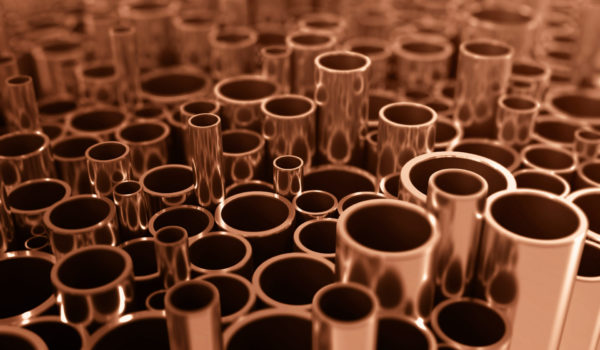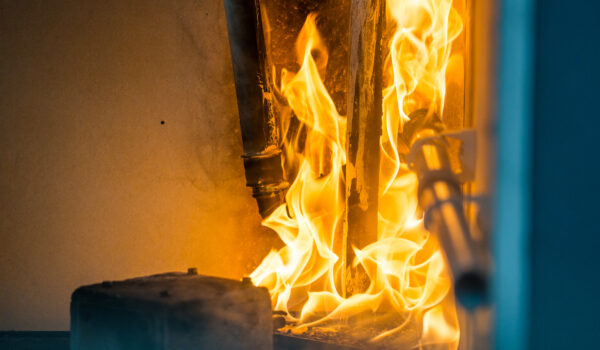It’s no secret that the plumbing industry wouldn’t be what it is today without copper; the material has been at the forefront of piping for centuries thanks to its longevity and reliability.
However, in the last two decades, new plumbing materials such as multi-layer composite pipe (MLCP) have emerged, positioning themselves as alternatives to copper for construction projects.
When selecting plumbing materials, efficiency, safety, sustainability and durability are key considerations. Copper offers a more environmentally friendly option; however, this is often overlooked by installers who prioritise short-term cost efficiency over sustainability credentials.
So, should suppliers have more of an environmental conscience when it comes to the type of materials that they offer? As human consumption continues to significantly impact the environment, changes need to occur to create a more sustainable future for generations to come. There’s no doubt that every industry should be striving for change and doing their part for the environment.
The true recyclability of MLCP
While many plastics manufacturers market MLCP as a fully recyclable product, the reality is that this is another example of greenwashing. MLCP is virtually impossible to recycle, due to the multiple layers of plastic and aluminium layers it consists of that are all glued together and difficult to separate.
In reality, the recycling of MLCP is a complex procedure with an extended degradation process of more than 450 years. Recycled plastics on their own can be recycled 2 or 3 times before they are unusable and must go to landfill to start their long degrading process where it breaks down into harmful microplastics. These microplastics pose severe risks to wildlife and human health.
The industry must look past greenwashing to the true qualities of the plumbing materials they use. In fact, copper does not need to hide behind false claims – it is a 100% recyclable material.
There are 22 million metric tons of copper in production each year compared to plastic producing over 400 million metric tons annually. In addition to this, since 1900, around two-thirds of the material is still used today, showcasing its longevity and recyclability. In turn, this reduces the carbon footprint of copper massively compared to MLCP.
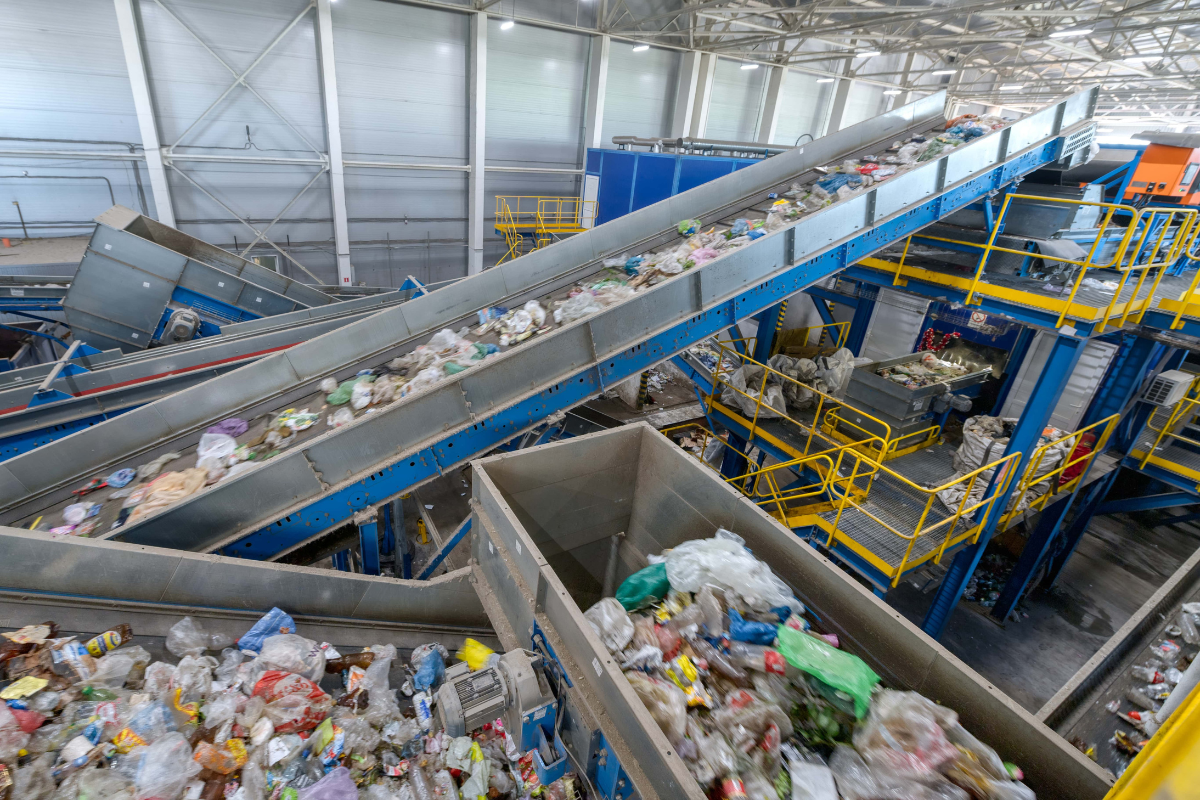
Learn more about the difficulties of recycling plastic below.
Long-term cost benefit
In recent years, the low cost of MLCP has become an attractive factor for some plumbers; however, the fact it utilises cheaper materials such as polyethylene means it is more likely to degrade faster and lose its value very quickly.
Copper is more durable and lasts close to 80 years, whereas MLCP doesn’t come close. With the need for more frequent care and replacement, MLCP is less cost efficient over time.

Learn more about the hidden costs of plastic pipes below.
Thermal efficiency
Another reason why copper piping is superior to MLCP is its thermal conductivity. Copper heats water faster and uses less energy in the process, making it more efficient in transferring heat.
Being predominately made from plastics with some aluminium content, MLCP is not as thermally efficient as copper, with copper providing 401W/mK compared to aluminium’s 237W/mK. MLCP also has a higher risk of warping and damage when exposed to higher temperatures, which could be dangerous and also be an expensive fix if they split.
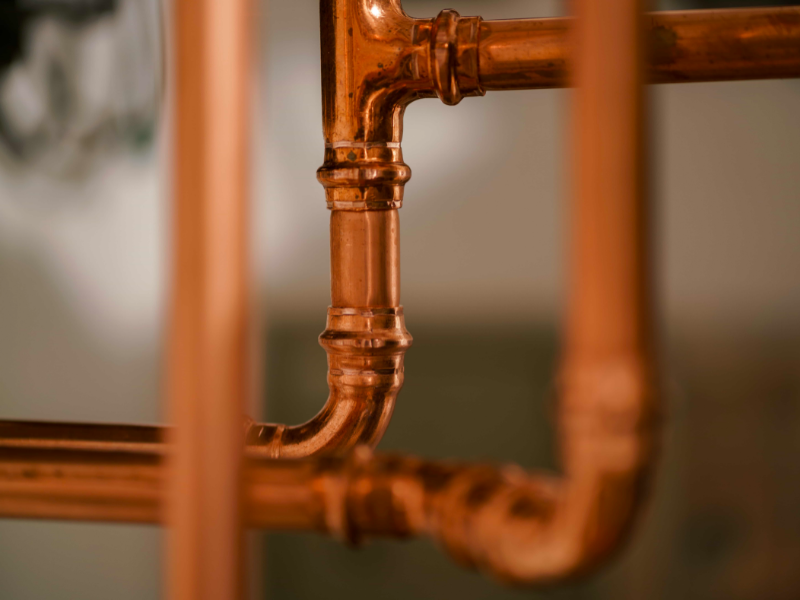
Learn more about the unique properties of copper below.
Safety and versatility
MLCP are also unable to be used in certain spaces or outdoor areas where they could be affected by UV rays, due to their susceptibility to damage and leakage. In comparison, with copper’s ability to withstand high temperatures and high pressures, it is less likely to need repairs over time.
In buildings that are more susceptible to fluctuating temperatures and high pressure, copper is therefore a safer material to use in plumbing. Its high melting point, UV radiation resistance and low thermal expansion coefficient makes it resistant to fire damage, whereas plastic is prone to melting during high temperatures.
Copper’s strengths also lie in its antimicrobial properties, which prevent the growth of harmful bacteria as well as having an inability to rust due to the protective film that forms on its surface due to a natural reaction with oxygen. This results in the water that runs through copper pipes being safe to drink. Due to MLCP’s plastic content, there is a risk of the chemicals from the plastic diluting the water, and therefore potentially posing a health risk to humans when consumed.
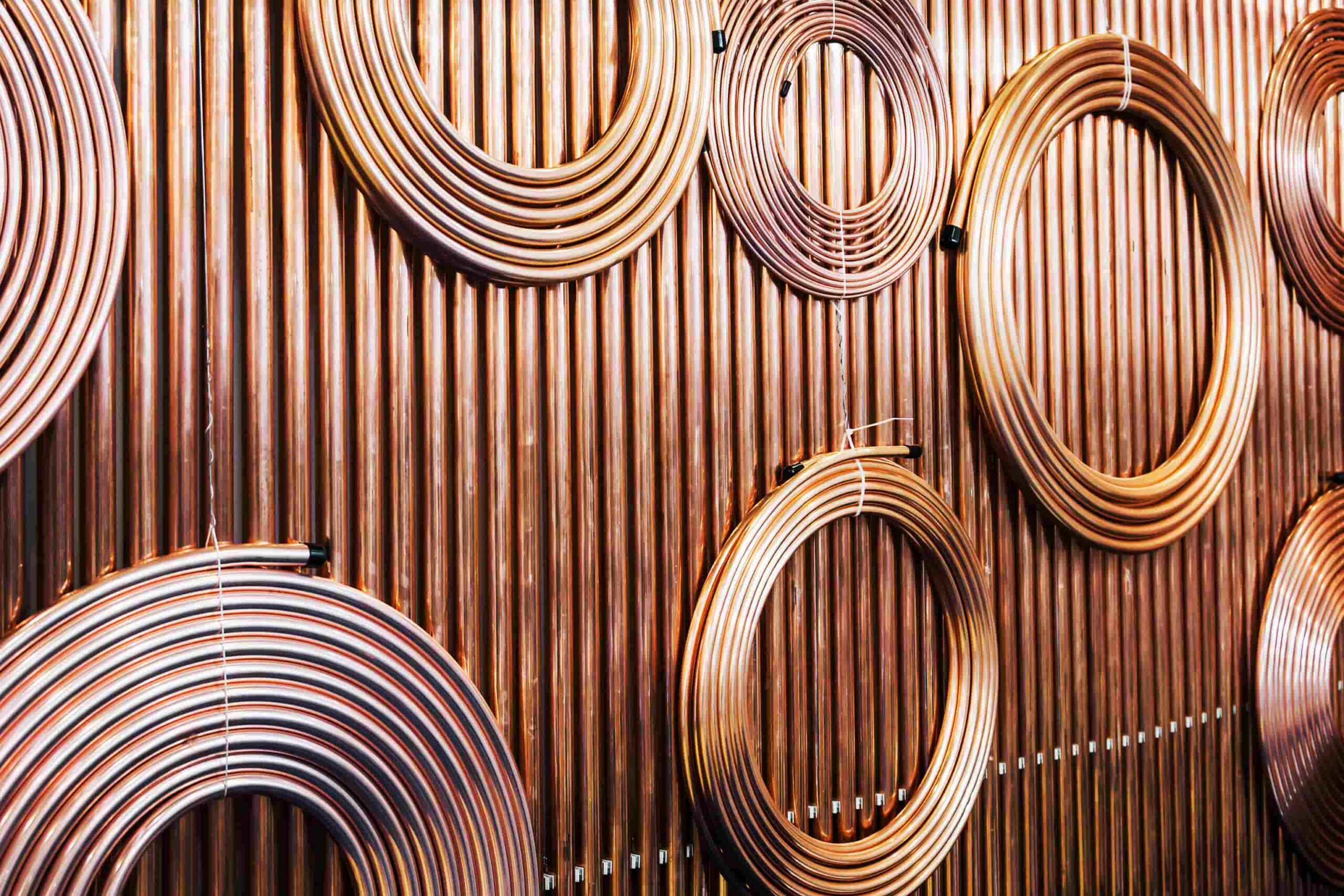
Learn more about the antimicrobial qualities of copper below.
So, why choose copper pipes over MLCP?
Although MLCP was introduced to the UK market in 1970, it is still a relatively new material compared to copper piping. As such, there is a lack of research on the potential risks and harmful side effects of its prolonged use.
Copper piping for underground water service lines has been used for 2,500 years successfully, demonstrating its ability to withstand the test of time – with plenty of evidence to prove it as the superior piping material.
Construction companies should be prioritising copper piping for residential and commercial projects over alternatives such as MLCP. The reasons for this are clear and evidenced – increased efficiency, low energy usage, long-lasting durability, cost benefit over time, and safety both for their buildings and the people that inhabit them, to create a brighter future for younger generations.
With the ever-increasing stress we put on our planet, small changes such as the type of pipes we use in our buildings can make significant differences to our environment and the reduction of greenhouse gases as well as the push to becoming carbon neutral.
Fed up with the plastics greenwash? Want to learn more about the benefits of copper? Check out our other news items or subscribe to our newsletter.
